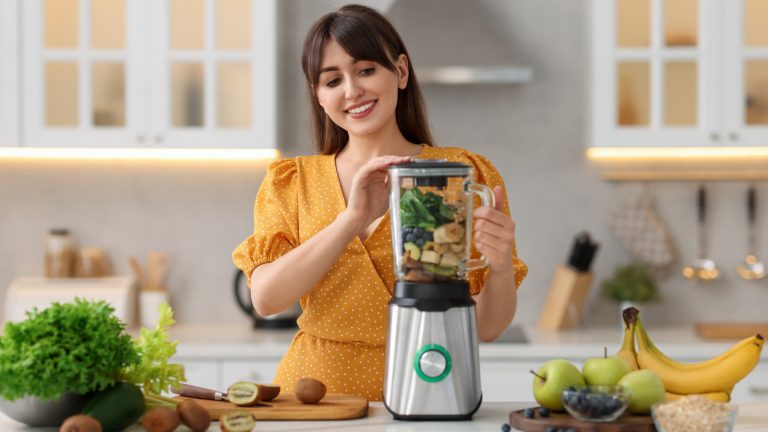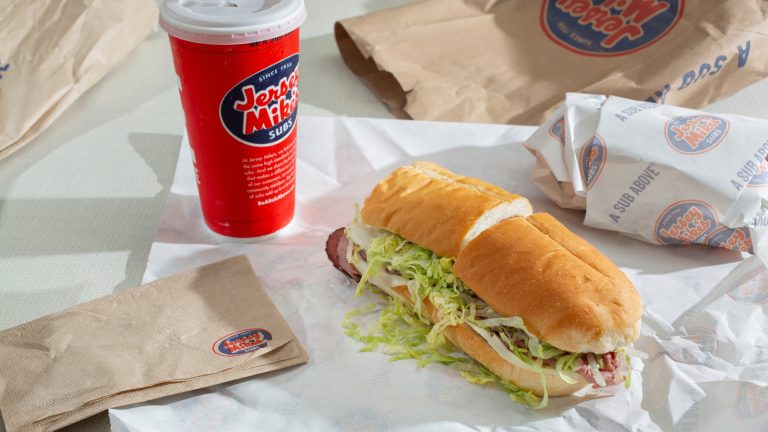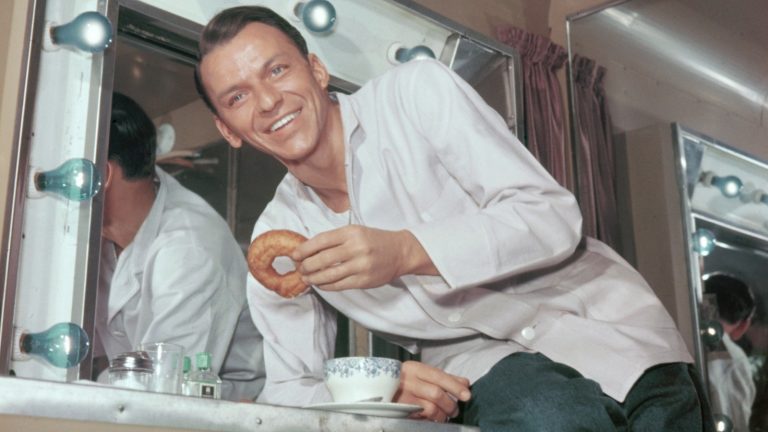When it comes to fizzy drinks, nothing quite compares to Coca-Cola. This iconic 19th-century American creation, first crafted by Dr. John Pemberton at Jacob’s Pharmacy in Atlanta, now dominates the globe — nearly 2 billion servings are consumed each day. And regardless of whether it’s the sweet caramel flavor, the sharp tang, or those smooth vanilla hints, this popular beverage really has a way of keeping you hooked.
Your doctor has most likely warned you that Coca-Cola is highly addictive (a 12-ounce can is loaded with 39 grams of sugar) and can increase your chances of type 2 diabetes. But there’s one instance when it can, believe it or not, save your life. Honestly, this is not one of the nine greatest soda controversies of all time but it’s actually quite true — it’s a scientific fact that Coca-Cola successfully treats gastric phytobezoars in approximately 50% of the cases. That said, don’t take this as a green light to stock up on the soda and use it as a remedy for any stomach issues you might have.
In case you’re not familiar, gastric phytobezoars are uncommon blockages that form when undigested fruit and vegetable material — such as fibers, skins, or seeds — collects and hardens in the stomach. And because they’re tricky to diagnose, extreme cases can sometimes lead to ulcers and internal bleeding. But according to a 2024 Cureus study, Coca-Cola has emerged as a first-line treatment for these concretions as it appears to effectively break them down, thanks to its high acidity and its mucus-dissolving properties.
A simple, affordable, and effective alternative
While you might remember how you were always told to drink ginger ale when you have a stomach ache, doctors generally advise against using Coca-Cola or other fizzy drinks as treatment since they don’t offer proper fluid or electrolyte replacement. However, with gastric phytobezoars, combining oral intake of Coca-Cola with endoscopic injection actually turned out to be a surprisingly effective treatment.
To understand why the world’s most popular soft drink worked so well, it helps to dig into a bit of the science behind what’s in it. Coca-Cola has a pH of about 2.6, which comes from the phosphoric acid it contains, making it ultra acidic. This makes it pretty close to the pH of gastric acid, which ranges from 1.5 to 2. But more importantly, it also gives it the power to activate the proteolytic enzymes in the stomach (also known as proteases) that are responsible for breaking down proteins.
While these enzymes tackle the bezoars once they enter the system, the carbon dioxide produced through Coca-Cola’s carbonic acid further contributes to their dissolution by creating gas bubbles that penetrate them and break down the hardened fibers. What’s more, the sodium bicarbonate in the drink helps clear out the remaining bezoars by promoting mucus dissolution. So yeah, Coca-Cola’s greatest rival, Pepsi, might be named after indigestion, but as bizarre as it is, only Coke has made its way into real stomach treatments.






